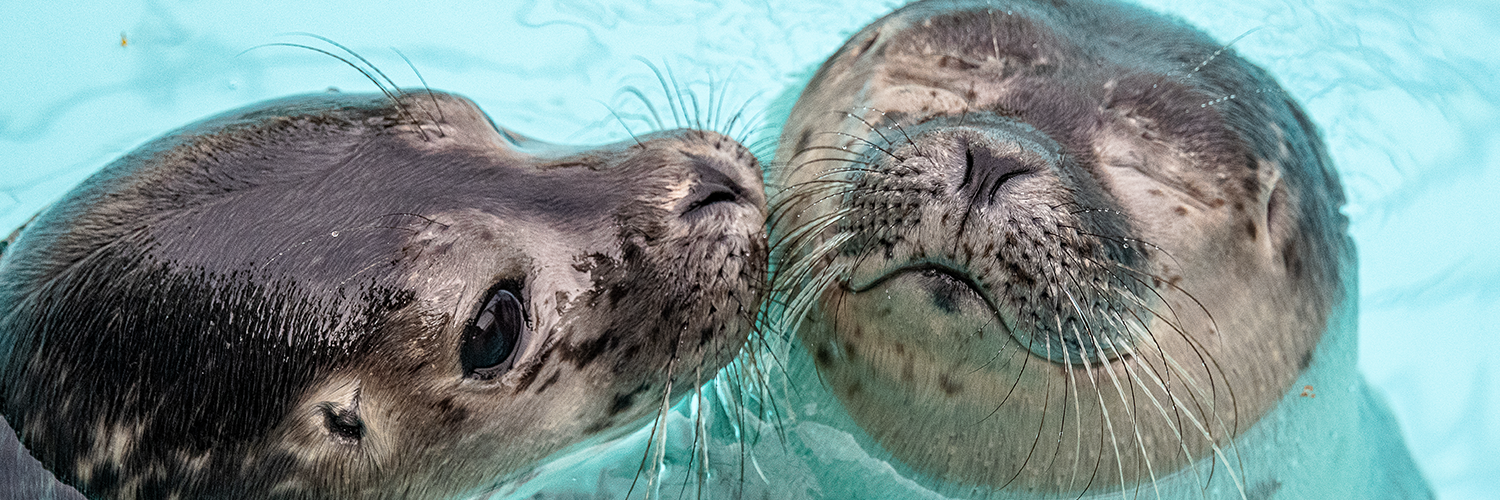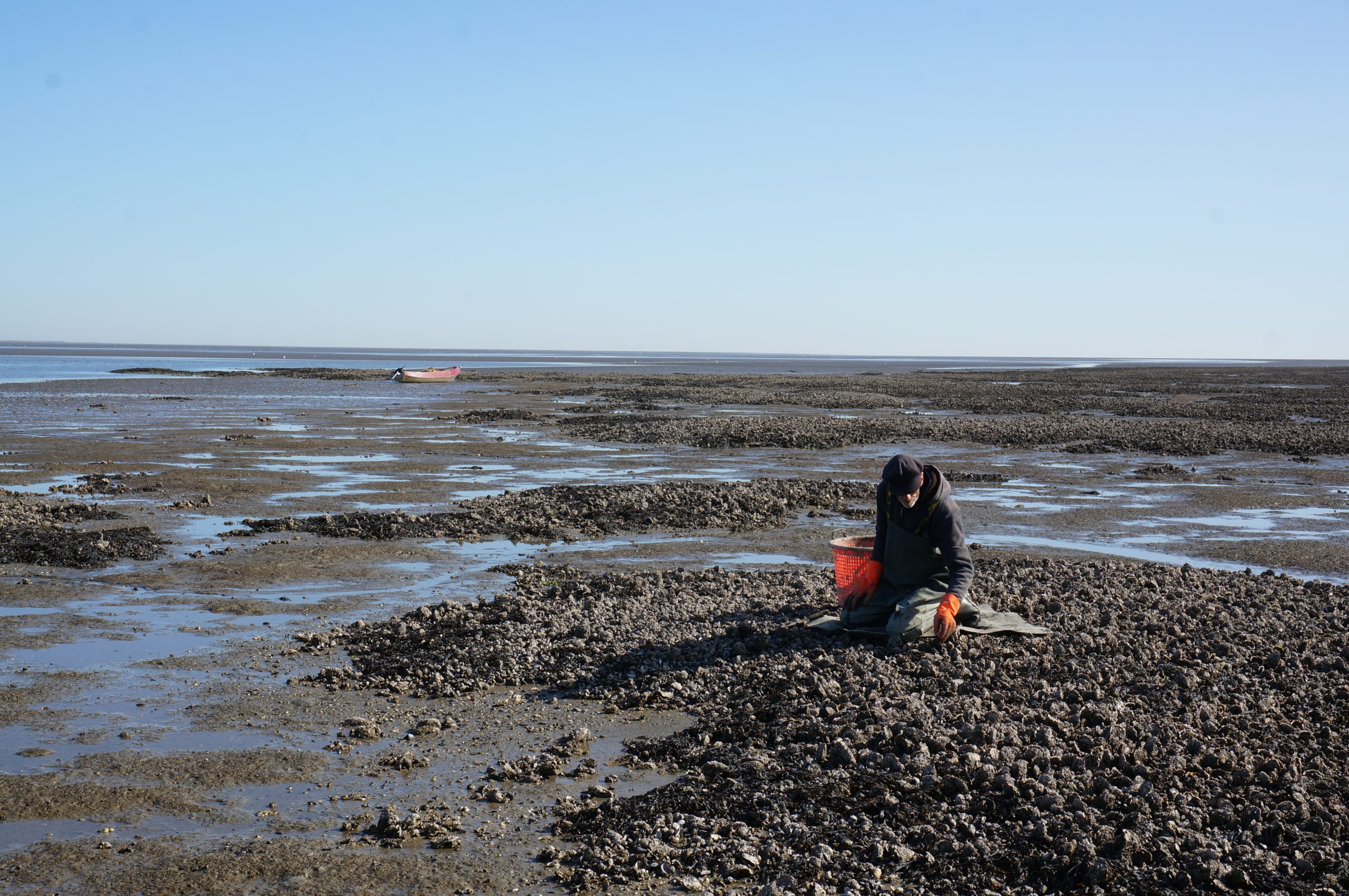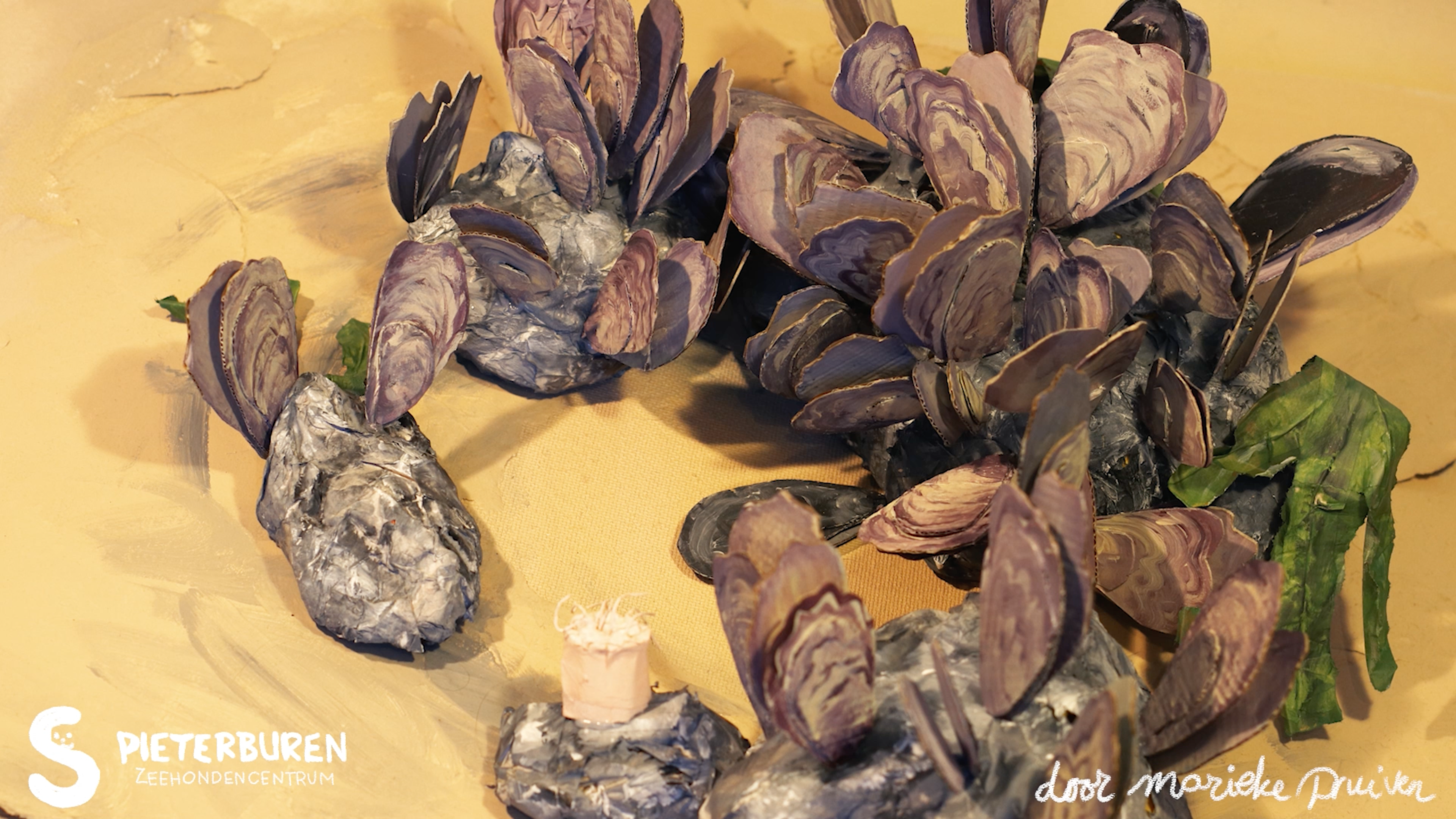You may have come across this oyster while mudflat hiking or in the harbour of Lauwersoog (from where we sail out to release seals). Or maybe you've even eaten one before. But of course, the Pacific oyster is much more than just that. As its name suggests, this oyster is not from the Netherlands. With its Asian origins, this animal has a remarkable history.
We guide you through that history. After all, how does a Japanese oyster become a 'Netheroyster'? On a globe, you can see the journey the oyster has made and the places it ended up. You can also watch a number of documentaries about oysters and oyster beds in the Netherlands and play games to learn more about the relationships between plants and animals in the Wadden Sea.
Want to know more content about the Pacific oyster? Click the button below for more information:
Did you know...
that the Pacific oyster can live up to 20 years? Learn that and much more at the Sealcentre's new exhibition. See you soon in Pieterburen?



